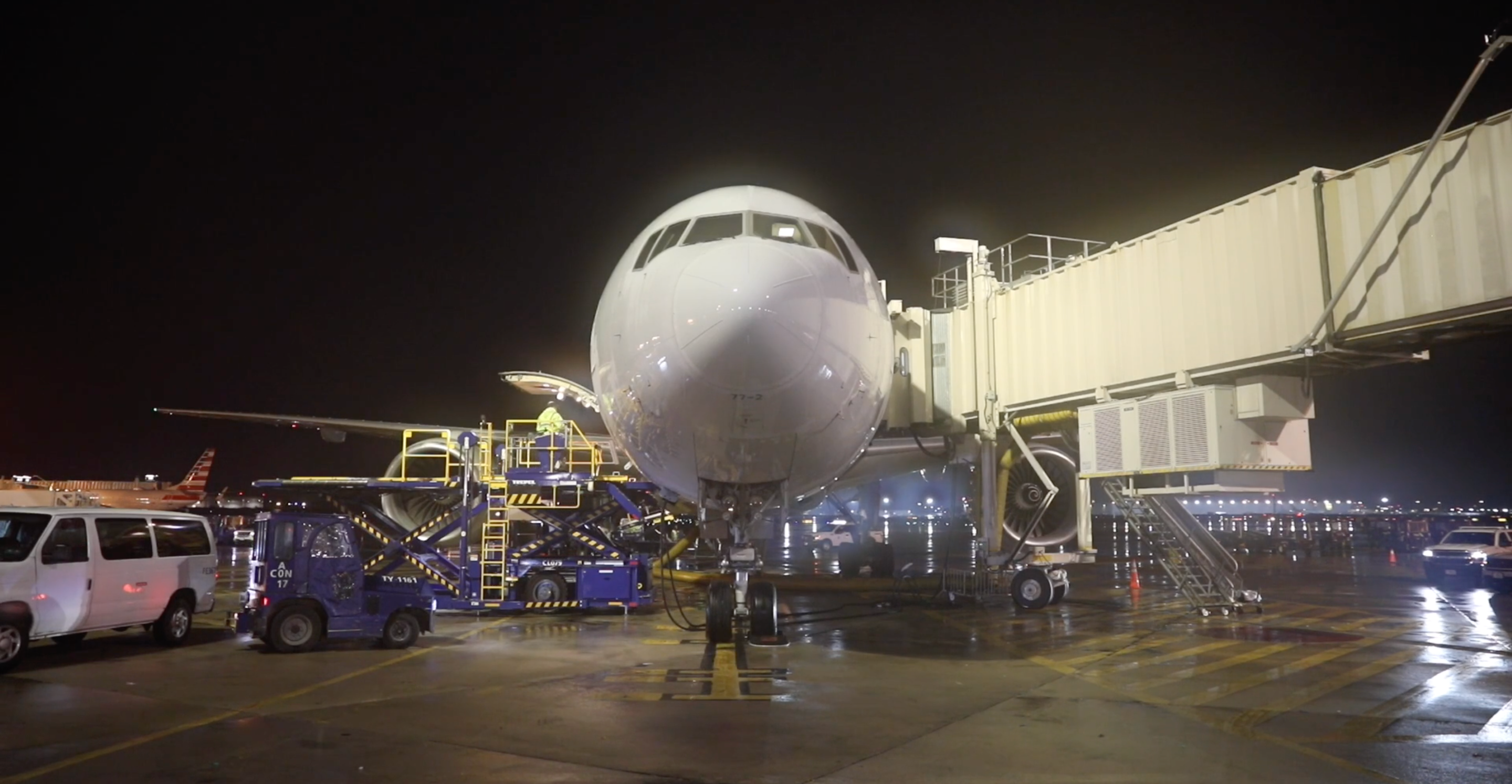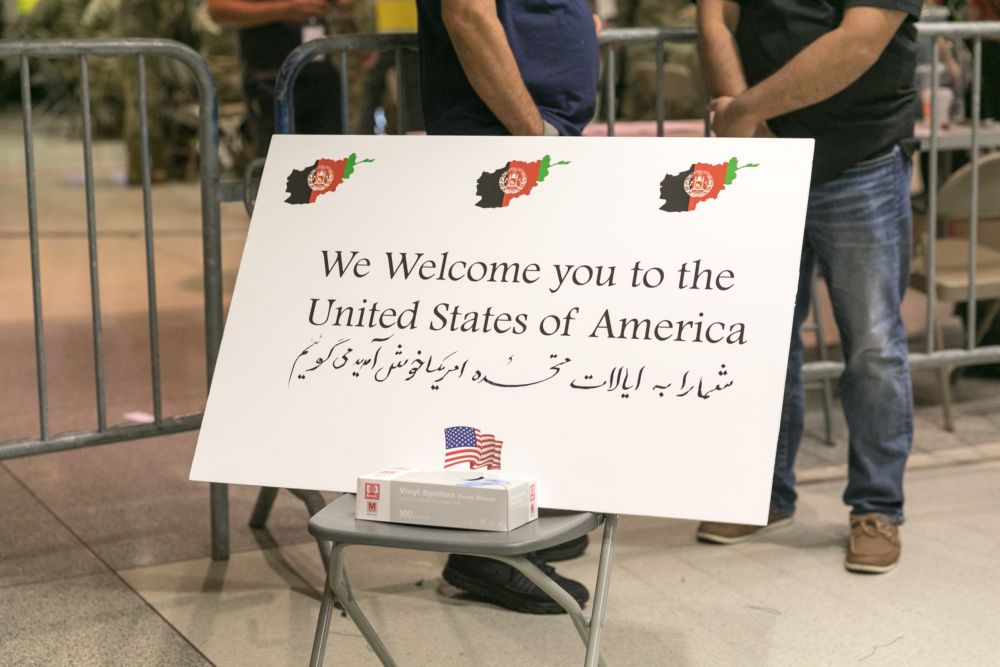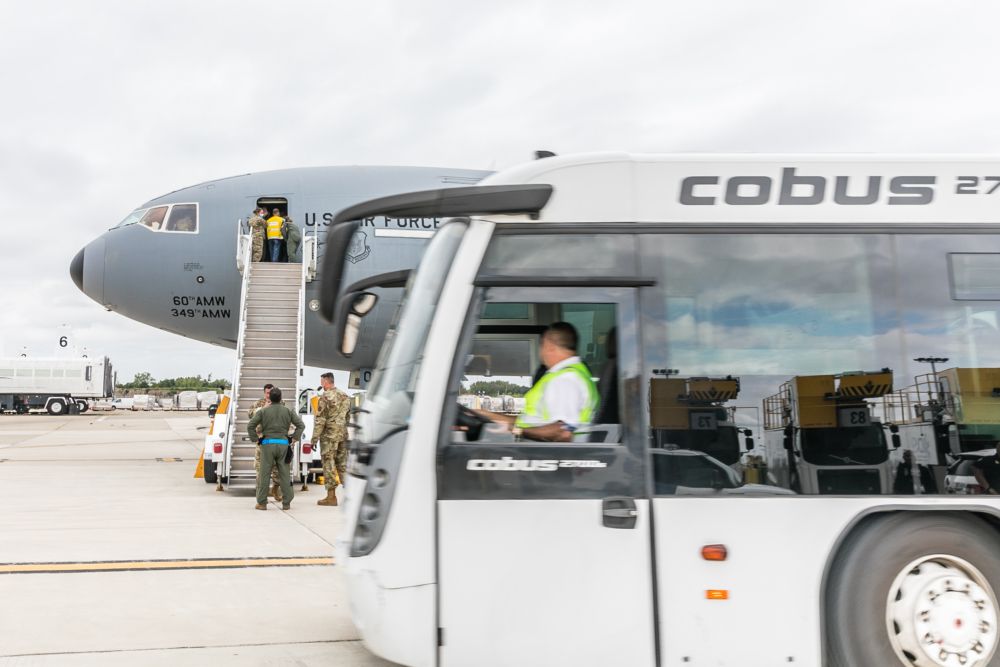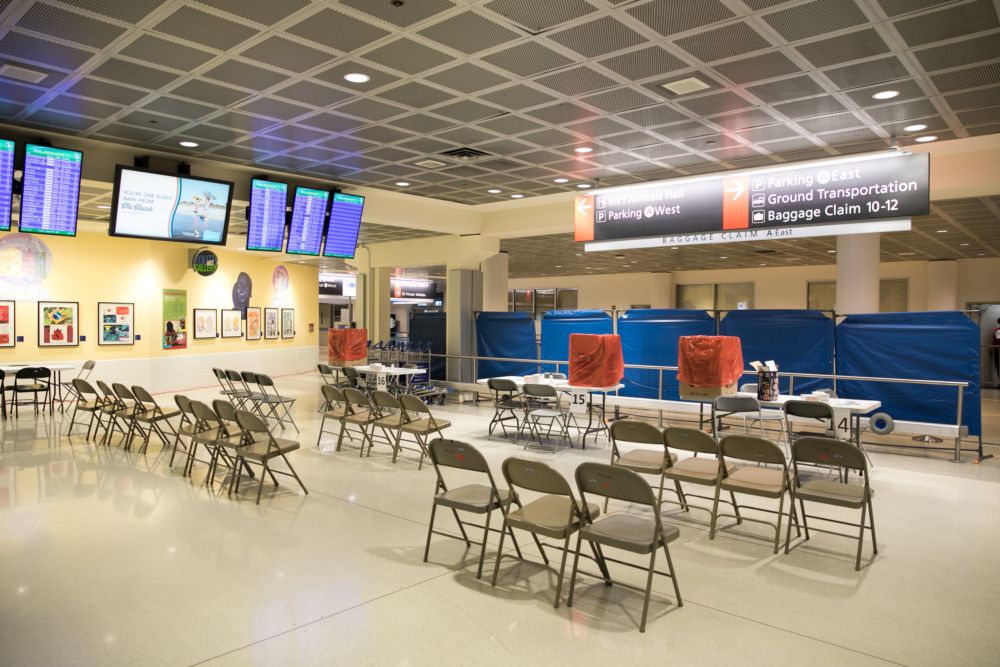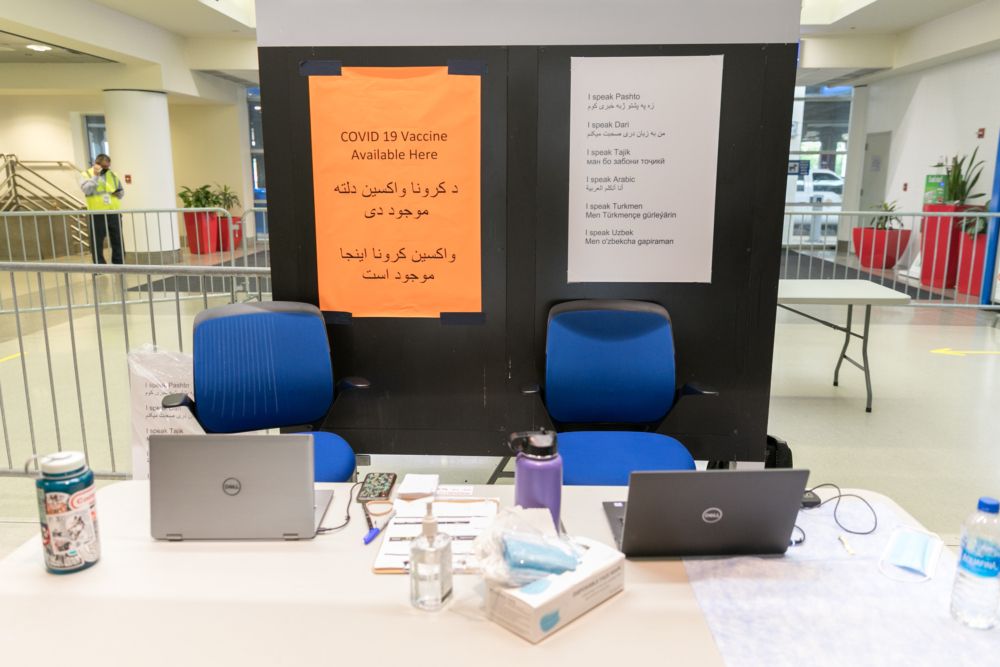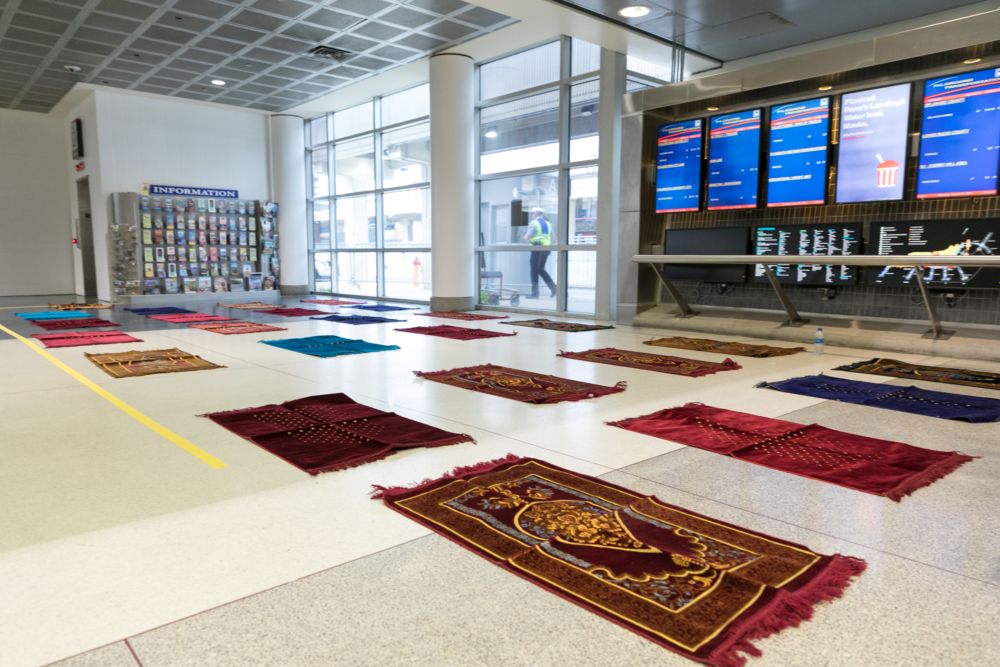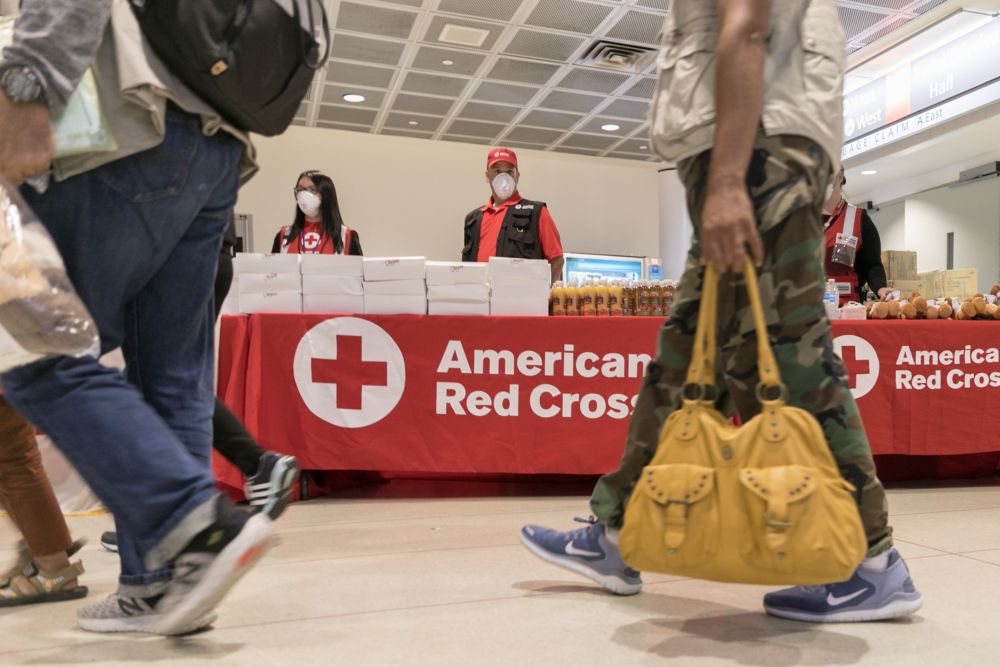Philadelphia International Aiport (PHL) has joined Washington D.C.'s Dulles International Airport (IAD) in accepting flights supporting the evacuation from Afghanistan. The American Airlines hub has readied its facilities to handle the influx of humanitarian flights and relieve some pressure off of Dulles to handle all international arrivals under the US evacuation from Afghanistan. American Airlines has also assisted in getting the airport ready to support this mission.
Philadelphia starts accepting Afghanistan evacuation flights
Over the last couple of days, Philadelphia began accepting its first evacuees arriving on Civil Reserve Air Fleet (CRAF) flights. The largest airport in Pennsylvania quickly mobilized to get its facilities ready to handle the large influx of passengers.
Key to this process was American Airlines, which operates a hub in Philadelphia. The airline worked with airport authorities and federal agencies involved in the evacuation to create a plan to handle the passengers and crew arriving on the CRAF flights.
The first flight arrives on Saturday, August 28th. Shortly after 04:00 local time, an American Airlines Boeing 777-200ER activated under the CRAF program arrived in Philadelphia after a flight from Europe.
Within 40 minutes of arrival, all passengers and crew were able to deplane. After learning from this flight, the second flight PHL handled on Saturday took less than 20 minutes to offload passengers and bags.
Anthony Stanley, PHL Director of Administration and Planning for American Airlines, stated the following:
“We’ve been able to develop and refine a seamless 24/7 operation led by the airport, city agencies, the military and our federal partners. In the past three days, more than 1,600 evacuees have arrived at PHL on CRAF flights — and we’re prepared to welcome even more in the coming days.”
Stay informed: Sign up for our daily and weekly aviation news digests.
Handling the arrival of evacuation flights
American volunteered portions of Terminal A–West and Terminal A-East baggage claims for these missions. With the help of airport and federal officials, these locations were secured and repurposed to serve as relief areas for evacuees awaiting final vetting and screening for entry into the United States.
Between Philadelphia city officials, Pennsylvania state officials, federal agencies, local hospitals, and nonprofit organizations, plenty of hands were on deck to help provide care and assistance to evacuees after arrival.
This includes an initial health screening. Evacuees arriving in Philadelphia are tested for the coronavirus. To support them at the airport, translation services are available for Dari, Pashto, Farsi, and Urdu speakers.
Also set up across the space are religious areas for prayers. Other non-coronavirus general medical care and aid stations are also available. Evacuees have access to food, water, medicine, personal care items, and children's toys as they await screening for entry into the United States.
Taking some pressure off of IAD
The main gateway for evacuation flights in the United States has been Dulles. IAD has served CRAF flights from the major carriers operating under the US government's evacuation program. However, this has not necessarily been without its shortcomings.
With a significant number of passengers arriving per day under these evacuation flights, delays have piled up at Dulles. The airport's international arrivals processing facility has seen wait times stretching into several hours as both relief flights and regularly scheduled commercial aircraft arrived. Adding Philadelphia as a second gateway into the US will certainly alleviate some of that strain.
What do you make of Philadelphia's efforts to serve the relief flights? Let us know in the comments!

